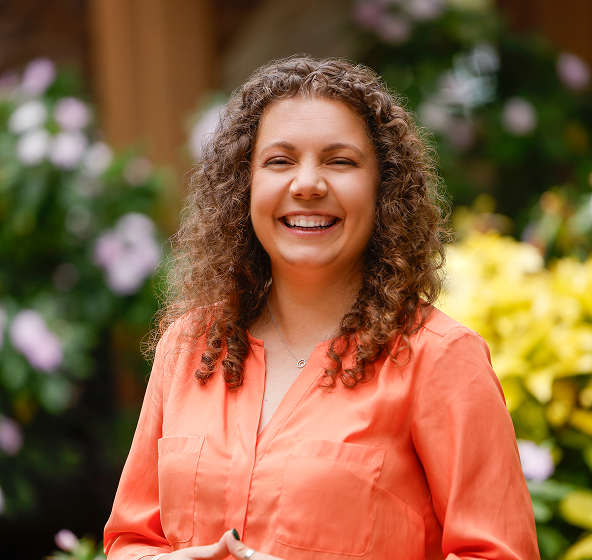Climate change has put everything at risk.
Its impact is most obvious in agriculture, where changing ecosystems have a direct impact on how we grow, distribute and access food.
Agriculture is a significant driver of climate change. However, if we treat our land appropriately, we could unlock the power of agriculture as a solution to climate change.
Treating our land appropriately means helping farmers adopt climate-smart practices. These practices pull harmful emissions, like carbon, out of the atmosphere and store it in the soil. We can help incentivize climate-smart practices by paying farmers for their efforts in the form of credits; farmers are paid for each metric tonne of greenhouse gasses they store through the ecosystem markets.
These markets, however, are tricky. Adopting climate-smart practices requires time and money for farmers, and receiving appropriate payment for climate-smart efforts is complicated. Right now, the companies that started ecosystem markets are both measuring farmers’ stores (like carbon) and setting the price for those credits. This creates a conflict of interest, and a lack of transparency and integrity in the marketplace.
Independent Measurement, Reporting, and Verification software (MRV) solves that problem.
Key aspects of a transparent MRV are transparency and quantifiable uncertainty. Transparency and integrity come with the MRV’s independence — it has not been developed by the entities that set credit prices. Quantifiable uncertainty is the ability to quantify how confident the software is in estimating soil carbon sequestration (stores) on a farmer’s field. The lower the uncertainty - the more credits can be issued to the farmer. But this software must be scalable in order to garner widespread adoption. Instead of relying on costly field visits and extensive laboratory soil testing, a scalable MRV leverages the latest developments in farm digitization, remote sensing, and soil modeling. This enables the industry to make an impact today and to continuously improve as new scientific discoveries are made.
As more farmers trust markets and adopt climate-smart practices, more emissions will sink into the soil.By initiating the drawdown through agriculture we will start healing the climate and, if we are persistent, avert the greatest threat humanity has ever faced.
Learn more about Regrow's independent MRV solution here.
.png)


